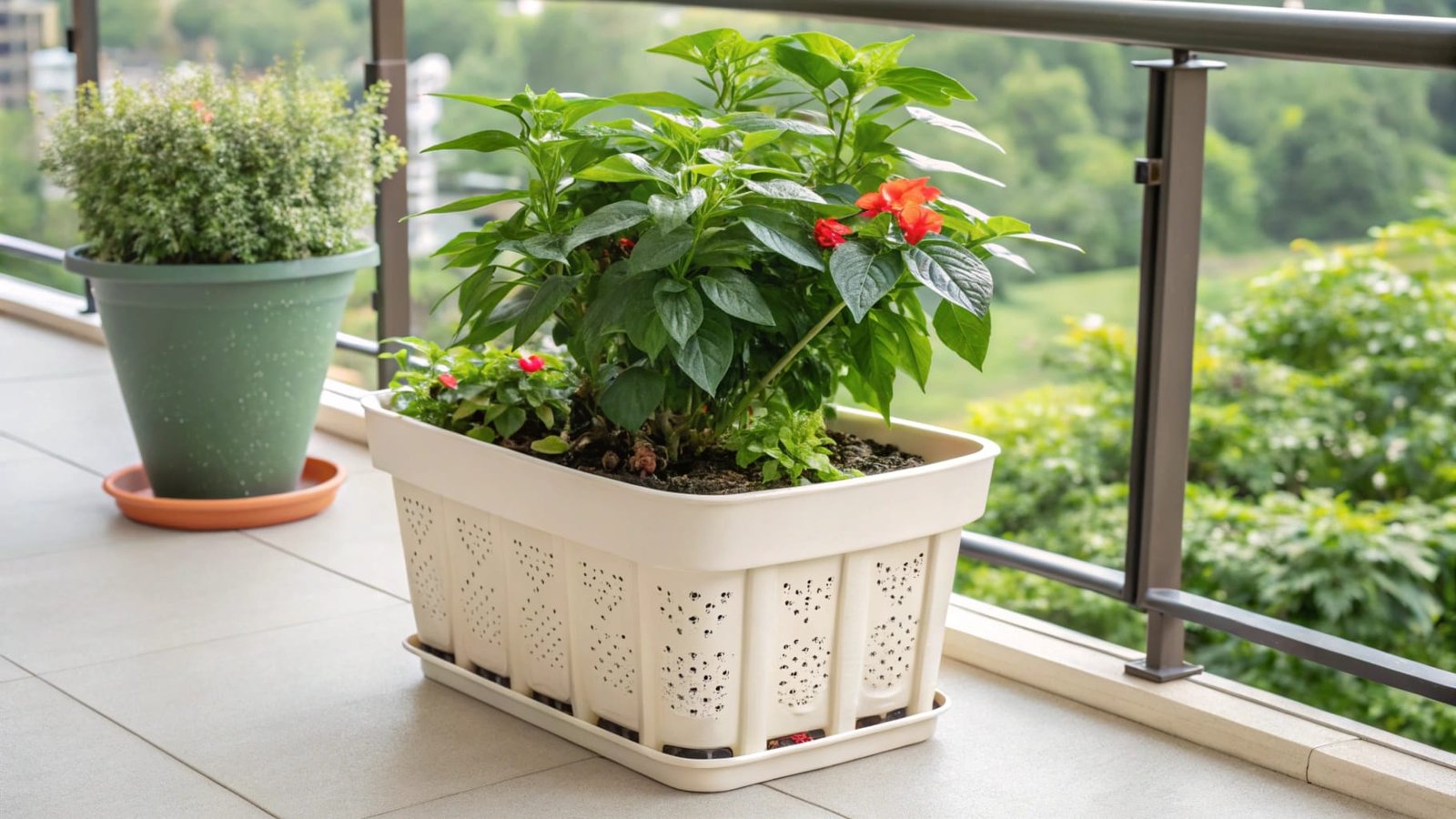
Plastic flower pots are a popular choice for many gardeners. But do they offer all the benefits plants need to thrive?
Plastic flower pots are affordable and widely used, but are they the best choice for your plants' health? Here's a closer look at the pros and cons.
If you're still unsure about using plastic pots for your plants, keep reading to find out how they stack up against alternatives.
Do plastic flower pots provide good drainage for plants?
Plastic pots are lightweight and convenient, but do they provide the proper drainage that plants require?
Proper drainage is crucial for plant health. Let's explore how plastic pots compare when it comes to allowing water to flow freely.
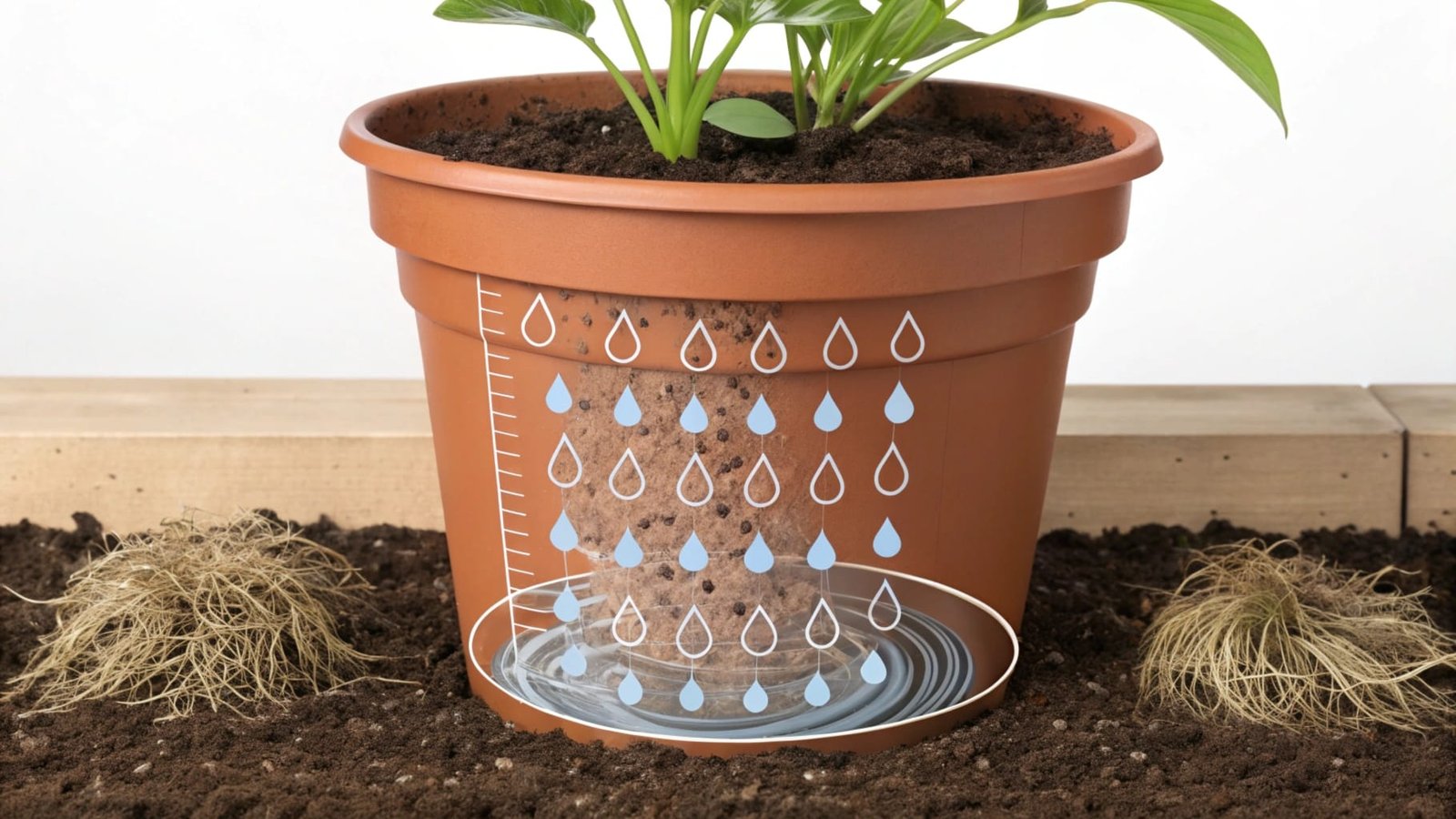
Plastic flower pots often have drainage holes, but the material itself doesn't encourage water to evaporate as quickly as some other materials. This can sometimes lead to waterlogging if the drainage isn't sufficient. For many plants, especially those prone to root rot1, good drainage is essential.
Why is drainage important for plants?
When plants are watered, the roots need oxygen to thrive. Waterlogged soil deprives the roots of oxygen, causing them to suffocate. In turn, this can lead to root rot and the eventual death of the plant. That's why choosing a pot with proper drainage holes is crucial.
However, plastic pots are not always the best at ensuring this happens. The smooth surface of plastic can make it harder for the water to escape quickly. It’s important to check that your plastic pot has multiple, adequately sized drainage holes.
Plastic vs. other materials for drainage
| Material | Drainage Efficiency | Water Retention |
|---|---|---|
| Plastic Pots | Moderate | High |
| Clay Pots2 | Excellent | Low to Moderate |
| Ceramic Pots3 | Good | Moderate to High |
Plastic pots can still work well if the drainage holes are adequate, but they require extra attention to avoid water buildup. Consider adding a layer of gravel at the bottom of the pot to improve water flow.
Improving drainage in plastic pots
If you’re using plastic pots for plants that require fast drainage, you can improve their performance by adding extra features like:
- Gravel layer: Place a thin layer of gravel or small stones at the bottom of the pot to help with drainage.
- Quality soil: Use a potting mix designed for good drainage, such as one with perlite4 or sand.
- Additional holes: If the pot has limited drainage holes, you can drill extra ones to improve water flow.
These simple adjustments can ensure your plastic pot provides the right drainage for your plants to thrive.
How do plastic pots compare to clay pots in terms of breathability?
While plastic pots have their advantages, how do they stack up when it comes to breathability, compared to traditional clay pots?
Breathability is essential for plant roots, but does plastic allow enough airflow? Let’s take a look at how it compares to clay.
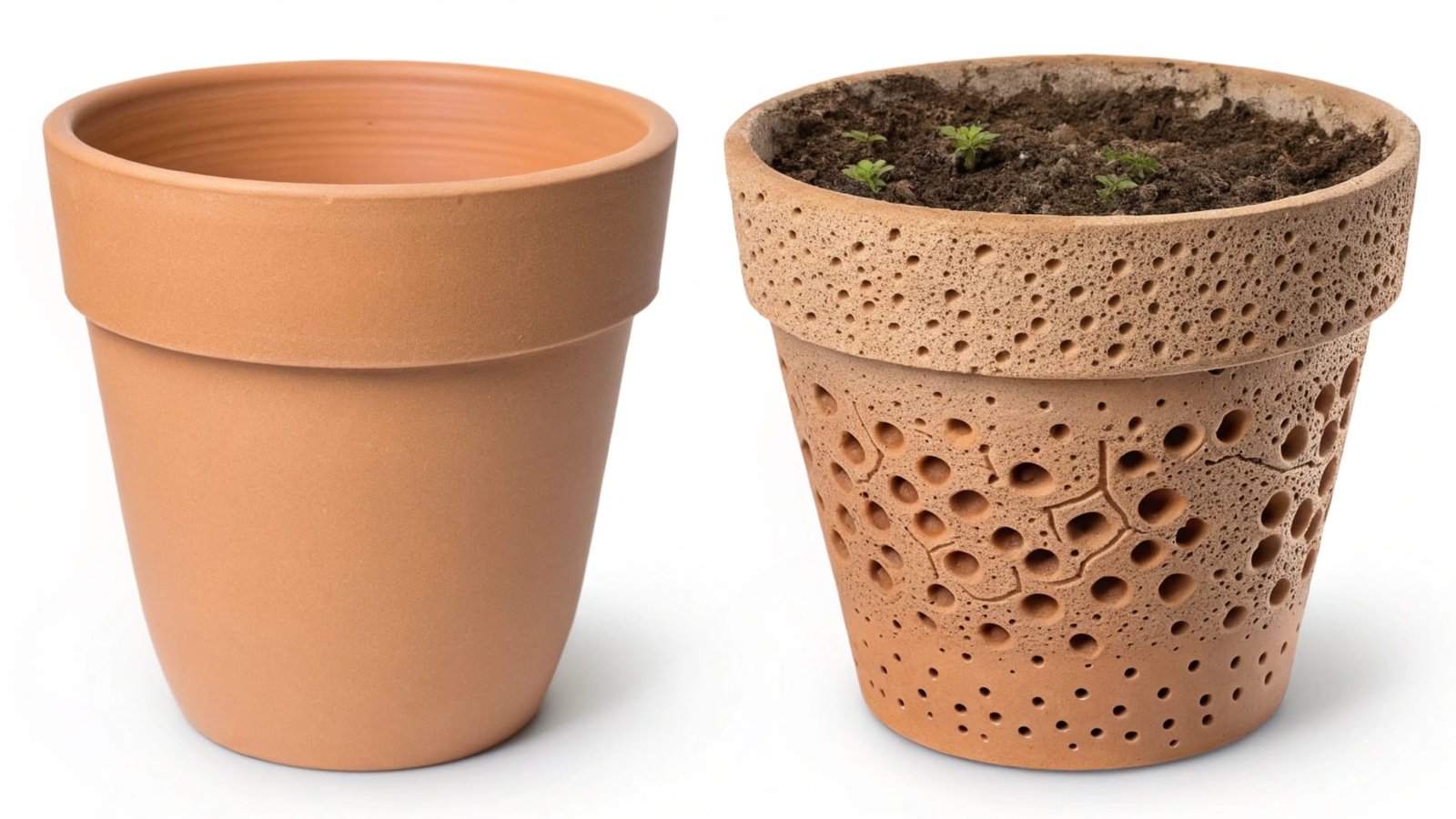
Clay pots are known for their excellent breathability. The porous nature of clay allows air and moisture to move through the pot, giving the roots better access to oxygen and preventing overwatering. Plastic pots, on the other hand, are impermeable, meaning they don’t let air pass through as easily. This can restrict airflow to the plant's roots.
The effects of reduced breathability on plants
Without proper airflow, plant roots can become stressed. Lack of oxygen and excessive moisture retention can cause root rot or stunt the growth of the plant. This makes plastic pots a less ideal choice for certain plants that require more air around their roots, like succulents or cacti.
On the other hand, plastic pots' lack of breathability means they retain moisture longer, which can be beneficial for plants that thrive in wetter conditions. For example, tropical plants often prefer the moisture-retentive properties of plastic.
Breathability Comparison
| Material | Breathability | Best For |
|---|---|---|
| Plastic Pots | Low | Plants needing less airflow |
| Clay Pots | High | Plants requiring airflow |
| Fabric Pots | Very High | Plants with high oxygen needs |
Plastic pots may not be the best option for plants that need constant airflow, but they work well for many common indoor plants that don't need as much root oxygen.
How to improve breathability in plastic pots?
If you find that your plastic pot isn't providing enough airflow to the plant's roots, there are a few things you can do:
- Choose a wider pot: A larger pot can provide more space for root growth and may help reduce congestion.
- Use a fabric liner: If you’re using a plastic pot for outdoor plants, a breathable fabric liner can increase airflow around the roots.
- Plant spacing: Avoid overcrowding your plants. More space between them allows for better air circulation.
These simple adjustments can help mitigate the lack of breathability in plastic pots.
Are plastic pots durable enough for long-term use outdoors?
Plastic pots are lightweight and cheap, but are they strong enough to withstand the outdoor elements over time?
Durability is a key factor if you plan to keep your plants outside. Will plastic pots hold up to the sun, rain, and wind?
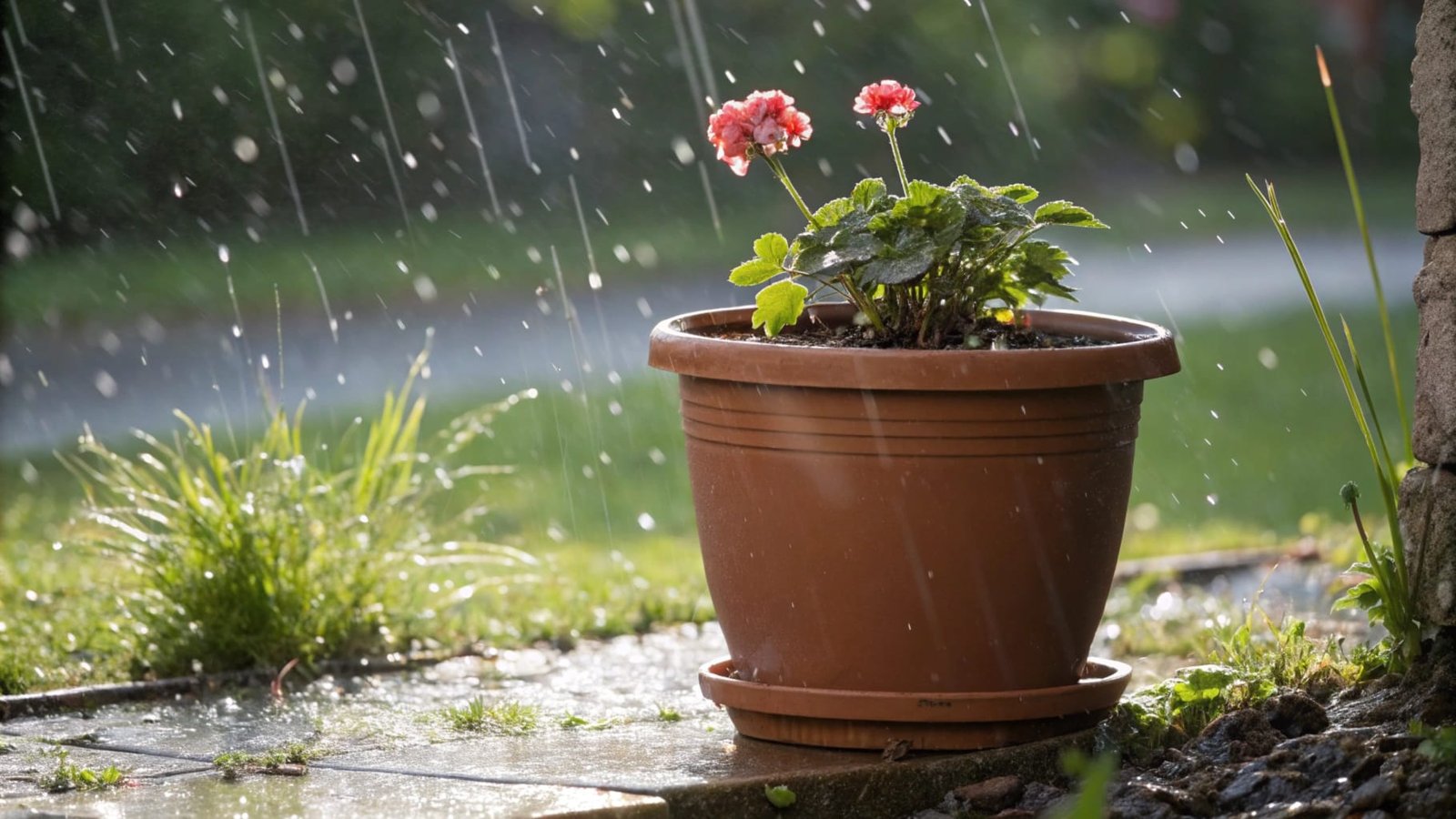
Plastic pots are known for being durable, but they are not invincible. Exposure to UV rays from the sun can degrade the plastic over time, causing it to crack, fade, or become brittle. Additionally, plastic pots are lightweight, which means they can be blown over by strong winds, especially if they are large or top-heavy.
The effect of UV exposure on plastic pots
Over time, UV exposure can break down plastic, making it more prone to cracking or losing its color. This is why it's important to buy UV-resistant plastic pots for outdoor use. These pots are specially treated to withstand the sun's harmful rays and can last much longer.
While plastic pots may not last as long outdoors as their clay or ceramic counterparts, they are still a popular option due to their affordability and ease of use. Many gardeners opt for plastic pots for annuals or smaller plants that don't require the most durable containers.
Durability comparison: Plastic vs. other materials
| Material | Durability Outdoors | Resistance to UV Rays |
|---|---|---|
| Plastic Pots | Moderate | Low to Moderate |
| Clay Pots | High | High |
| Ceramic Pots | High | Moderate |
To extend the life of your plastic pots, consider storing them indoors during extreme weather or choosing pots that are specifically designed for outdoor use.
Increasing durability of plastic pots
To increase the durability of your plastic pots, consider the following:
- UV-resistant plastic: Look for plastic pots that are treated with UV inhibitors, which help prevent the plastic from degrading due to sun exposure.
- Sheltered placement: Position your pots in sheltered areas to protect them from the harshest weather, such as strong winds or intense sunlight.
- Reinforcement: Opt for thicker plastic or reinforced designs to prevent cracking.
By choosing the right type of plastic pot and taking care of it, you can ensure it lasts longer and withstands outdoor conditions better.
Do plastic flower pots retain moisture better than other types of pots?
Moisture retention is a major concern when it comes to plant health. So, do plastic pots keep the soil moist for longer than other types of pots?
Plastic pots are often chosen for their ability to retain moisture. But how does this benefit your plants, and can it be a problem?
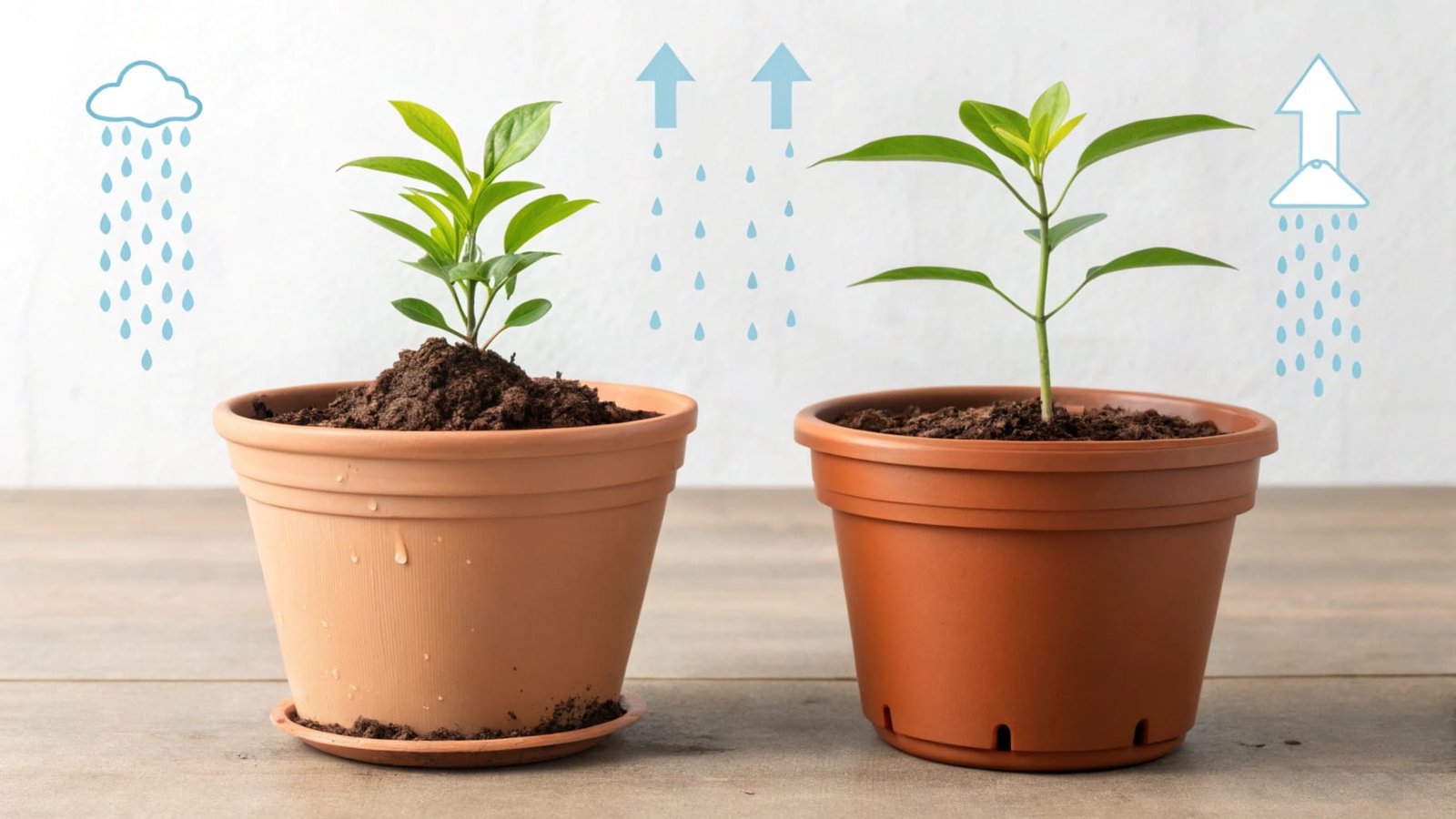
Since plastic pots are impermeable, they tend to retain moisture more effectively than porous materials like clay or ceramic. This can be beneficial for plants that prefer a more consistently moist environment, such as ferns or certain tropical plants.
However, for plants that are sensitive to overwatering, such as succulents, plastic pots can present a problem. The lack of evaporation means the soil can stay soggy longer, leading to root rot.
Moisture retention vs. drainage
For moisture-loving plants, plastic pots provide a stable environment. For others, however, you may need to take extra care to avoid watering too much. Adding a drainage layer, such as gravel, can help prevent excess moisture buildup.
Moisture Retention Comparison
| Material | Moisture Retention | Best For |
|---|---|---|
| Plastic Pots | High | Tropical and moisture-loving plants |
| Clay Pots | Moderate | Drought-tolerant plants |
| Ceramic Pots | Moderate to High | Plants requiring some moisture |
Plastic pots are often preferred for plants that require more moisture, but care should be taken to balance watering and drainage.
Managing moisture retention in plastic pots
To manage moisture retention in plastic pots:
- Check moisture levels regularly: Don’t rely solely on your watering schedule; test the soil moisture before adding more water.
- Use moisture-retentive soil: For plants that require consistent moisture, a well-draining soil mix can help prevent overwatering.
- Consider self-watering pots: These pots are designed to keep a consistent moisture level, which can be especially helpful for moisture-loving plants.
By making small adjustments, you can ensure that the moisture retention benefits of plastic pots work in favor of your plants.
Can plastic flower pots affect the growth of plants negatively?
While plastic pots have many advantages, can they ever negatively impact plant growth?
Are there hidden downsides to using plastic pots? Let's explore if they can harm your plants in the long run.
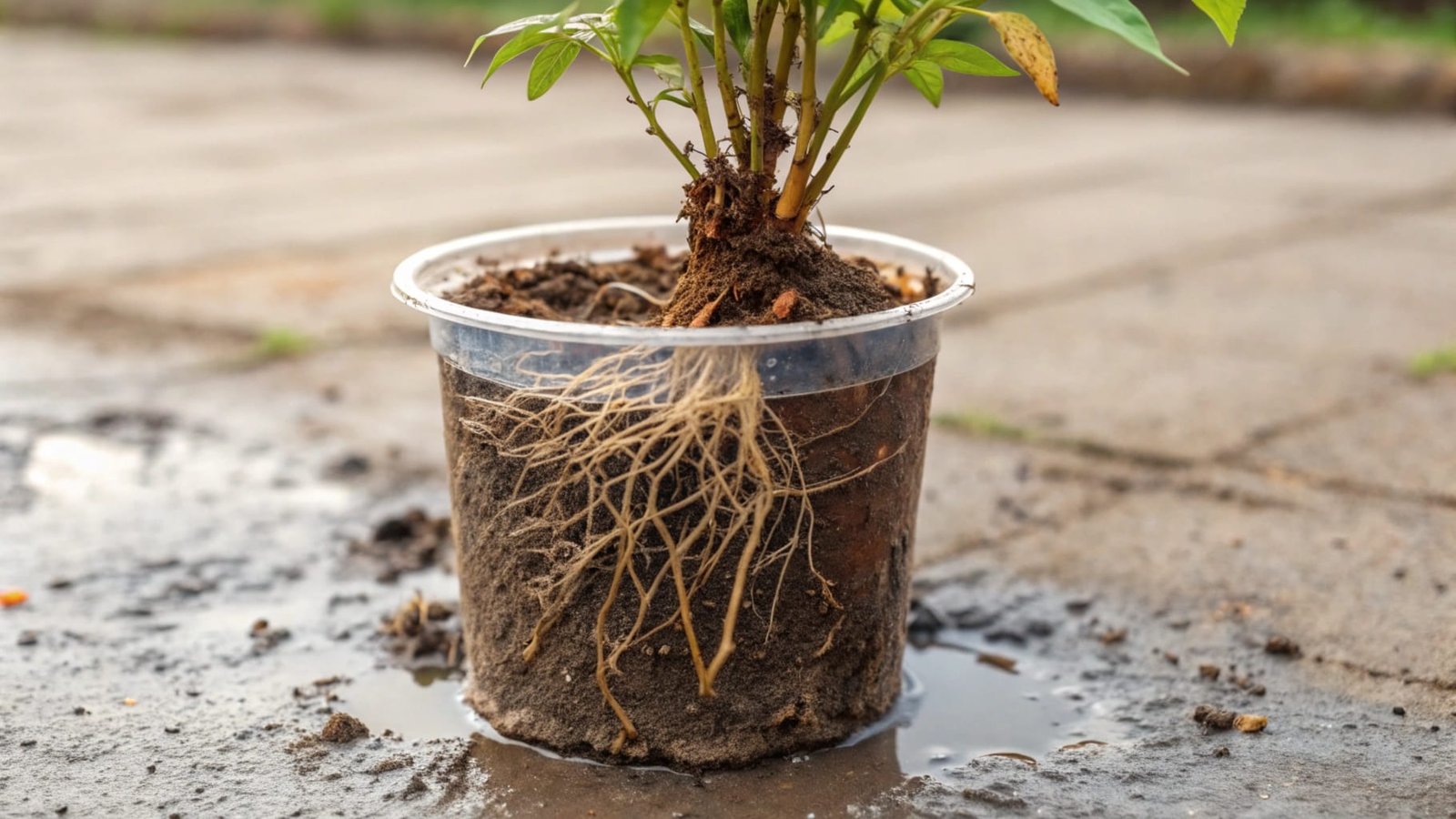
Plastic pots, while practical, may have some downsides that can impact plant growth. The reduced airflow and potential for waterlogging can hinder root development. Furthermore, the lack of insulation compared to clay or ceramic pots can subject plant roots to temperature fluctuations, which can stress the plant.
The impact on root health
Plastic pots do not allow roots to “breathe” in the same way that clay does. This can result in roots becoming tangled or restricted, leading to root-bound plants. In the long term, this can stifle plant growth and overall health.
Some plants might also suffer from thermal stress due to the temperature fluctuations within plastic pots. For instance, the plastic may heat up in direct sunlight and cook the roots, or it may get too cold in winter, leading to damaged roots.
Negative Effects of Plastic Pots
| Negative Impact | Possible Result |
|---|---|
| Poor drainage | Root rot or suffocation |
| Lack of breathability | Stunted growth or root-bound plants |
| Thermal stress | Damaged roots or stressed plants |
While plastic pots are generally suitable for many types of plants, it’s important to monitor their effects closely. If you notice signs of root rot or stunted growth, consider switching to a more breathable material or improving drainage.
How to mitigate negative effects
If you’re concerned about the potential downsides of using plastic pots, there are a few things you can do to mitigate the risks:
- Ensure adequate drainage: Make sure the pot has enough drainage holes and that the soil is well-draining.
- Use UV-resistant plastic: For outdoor use, choose UV-resistant plastic to prevent degradation from sun exposure.
- Consider breathable alternatives: If your plants are sensitive to lack of airflow, consider switching to fabric pots or clay pots for better root health.
Conclusion
Plastic flower pots are a practical and affordable option for many plants, but they may not be the best choice for every type of plant. Consider your plants’ needs carefully before choosing the right pot for them.
Root rot: Click here to learn more about root rot, a common problem caused by poor drainage. This resource explains the causes, symptoms, and how to prevent it. ↩
Clay Pots: Click here to explore why clay pots are known for excellent drainage and how their porous nature affects water retention and root health. ↩
Ceramic Pots: Learn more about ceramic pots and how they provide a balance between drainage and water retention. This article explains their pros and cons. ↩
Perlite: Perlite is a lightweight, non-toxic additive that improves soil drainage. Click here to understand its role in enhancing potting mix for plants that need fast drainage. ↩


